Desmids are members of the Chlorophyta that are exclusively freshwater and they usually multiply asexually by dividing. However under certain conditions, often when their habitat is drying out or there is some change of temperature or chemical composition of the water, two cells will conjugate, that is come together sexually, to form zygospores. For a detailed description see Brook (1981).
Because of this ability to conjugate and form spores the Class has been named Conjugatopyceae for more than a century, although most authors now call the Class Zygnemaphyceae. I prefer the former name as I think it is more descriptive, the latter name was proposed by Round (1971) on the grounds that the names of classes should be derived from a generic name. This latter class is divided into two orders, the Zygnematales and the Desmidiales, the subject of this article. Zygnema is one of the genera of filamentous Chlorophyta that also conjugate, these include the well known Spirogyra and Mougeotia. It is a matter of luck if you find any of the Zygnematales or Desmidiales conjugating although it is said to be possible to induce. I have tried adding water sweetened with sugar to a Petri dish full of Spirogyra; they formed linear spores in single filaments but did not conjugate. (I am afraid I have forgotten who suggested this idea.)
Wim van Egmond/Jan Parmentier and Mike Dingley have published excellent photomicrographs of desmids with zygospores. Some of my efforts are below.
Photomicrographs all with zygospores:-
Cosmarium ornatum.
Closterium calorsporum.
Actinotaenium sp.
Closterium acutum.
Closterium rostratum.
Tetmemorus sp.
Closterium ehrenbergii.Number 7 taken using Rheinberg filters of Closterium ehrenbergii with zygospores is by John Spencer.
Comments to the author, Bill Ells are welcomed.
References
Brook A.J. 1981, The Biology Of Desmids. pages 125 - 157,
Blackwell Scientific Publications, Oxford England.Round F.E. 1971, The Taxonomy of the Clorophyta II, pages 235-264, British Phycological Journal 6.
Photomicrographs
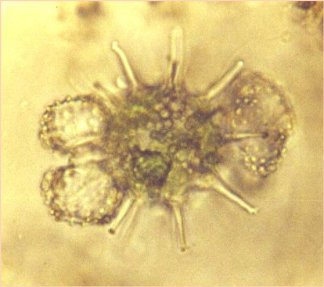
Cosmarium ornatum.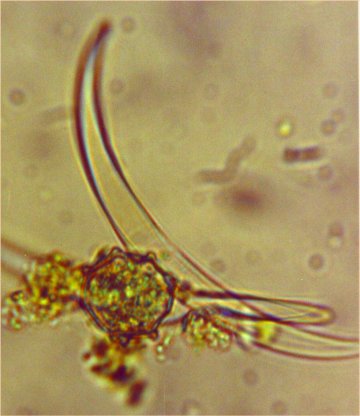
Closterium calorsporum.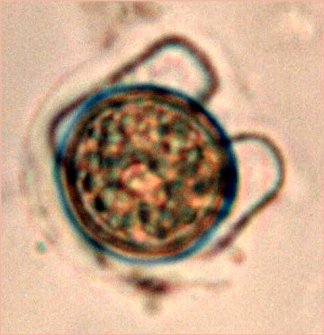
Actinotaenium sp.
Closterium acutum.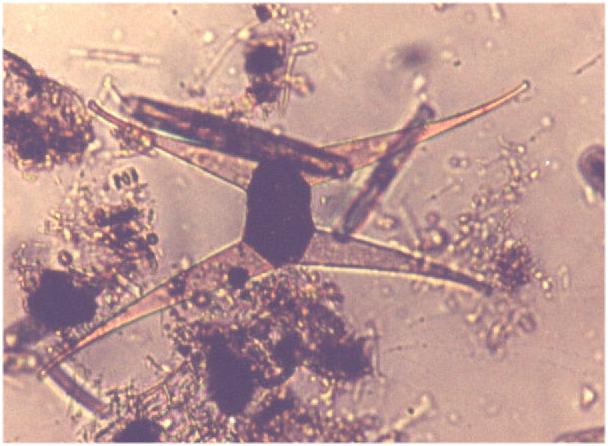
Closterium rostratum.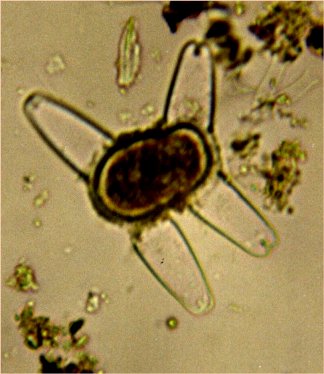
Tetmemorus sp.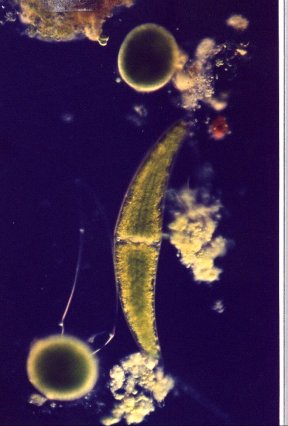
Closterium ehrenbergii.